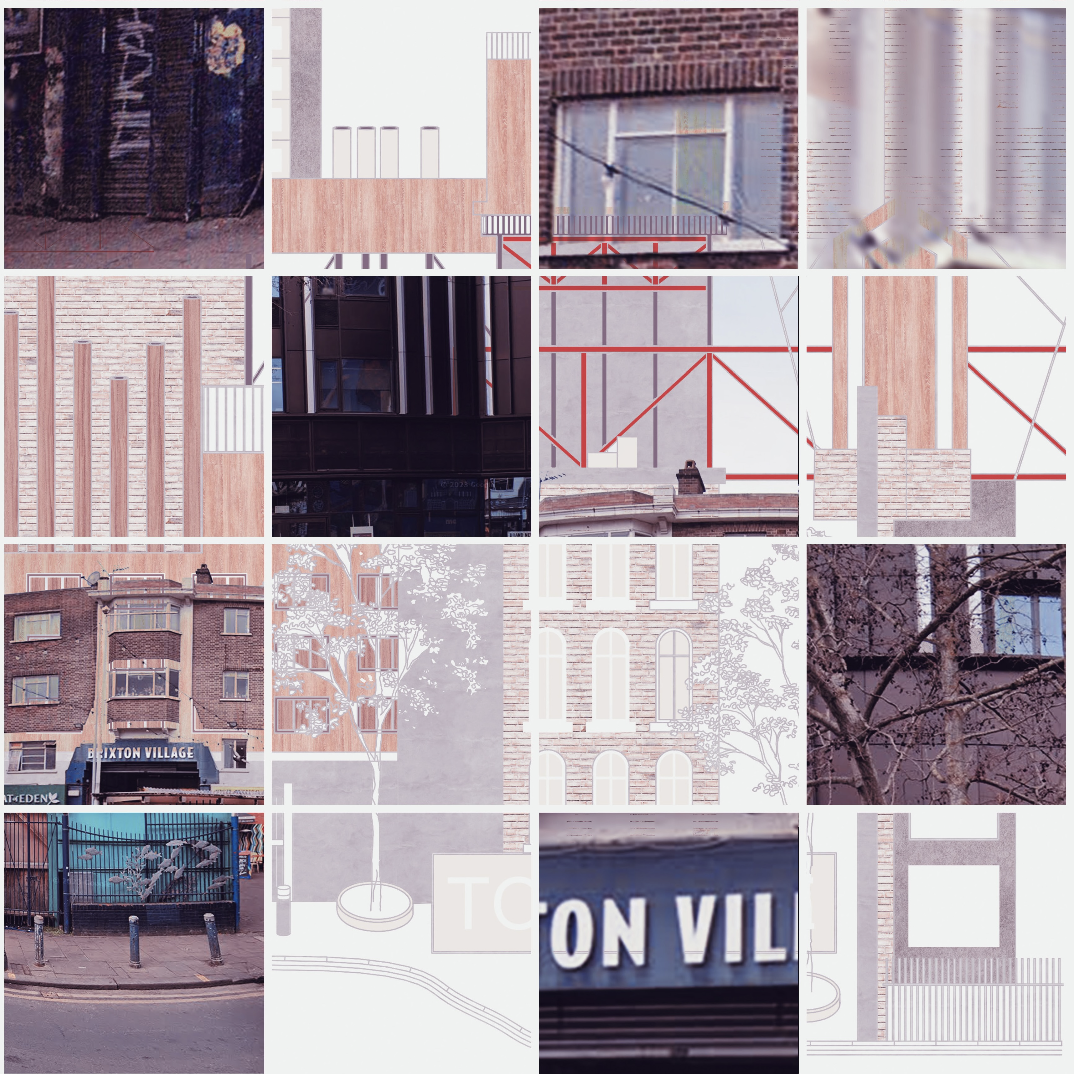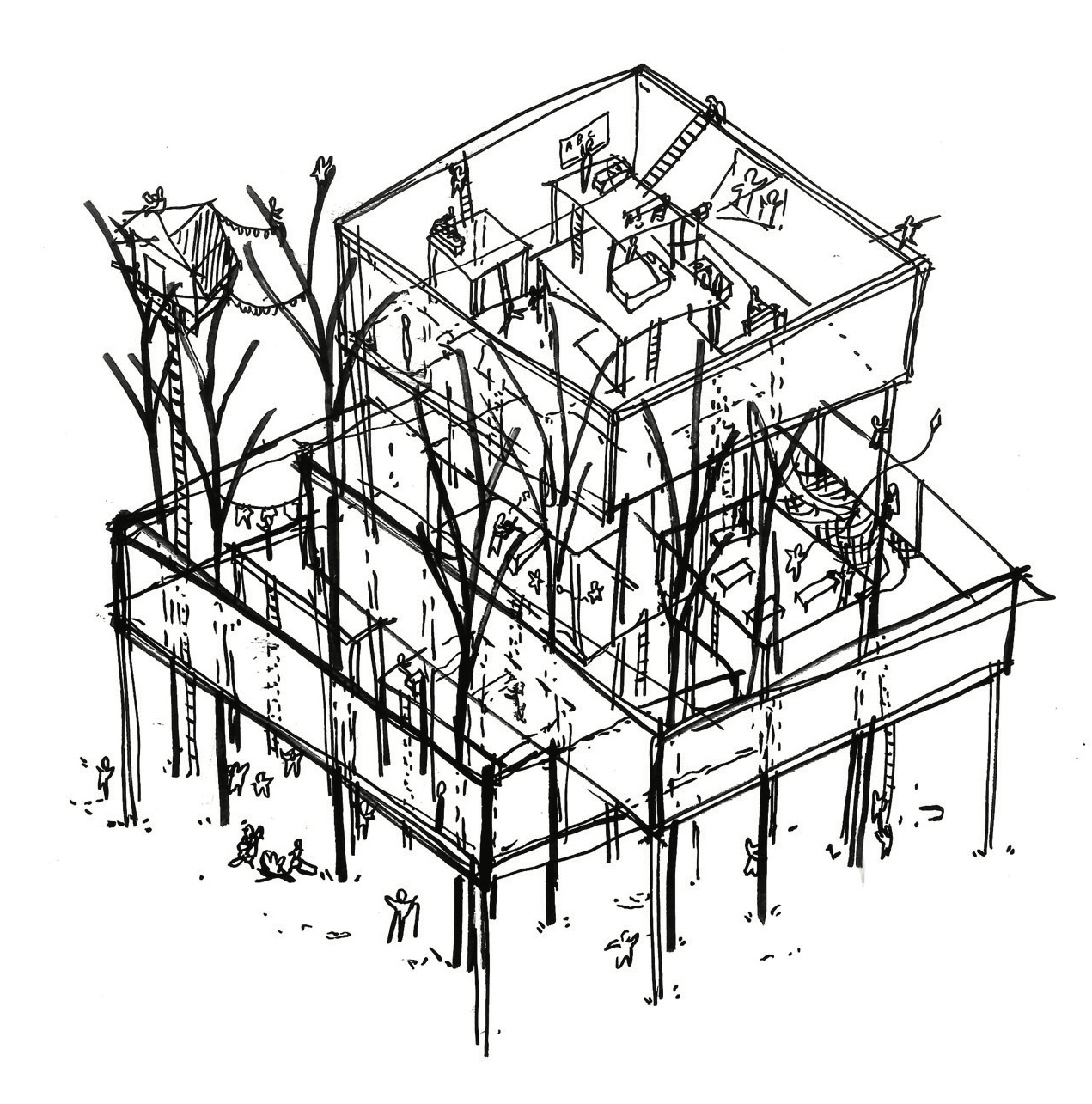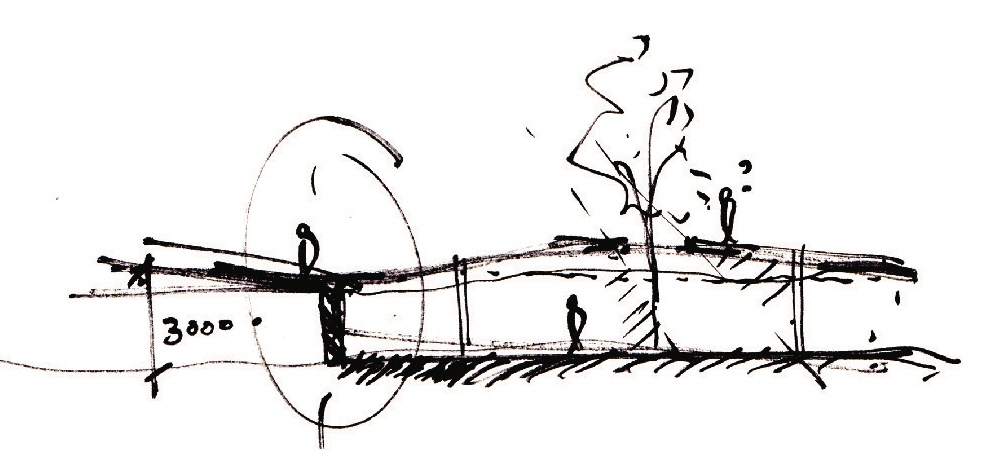Abstract
This dissertation analyses two case studies in Taipei, Taiwan in order to understand the manifestations of gentrification(s) in the ‘Global East’. Different manifestations of gentrification(s) are discussed, from the local and regional, increasing in scale to the planetary. How do we ontologically and epistemologically reconcile these transnational gentrifications? The Anglophone roots of gentrification are acknowledged, but the methodology employed in this dissertation does not fully conform to the frameworks of Western knowledge architecture. Through field notes, theorisation, and investigation of Taipei’s urban fabric in Da’an District and Treasure Hill Artist Village, the power relations that contribute to the neoliberal ‘global urban strategy’ of gentrification are discussed. The role of architects, as both agents and consumers of gentrification(s), is discussed as well. Gentrifications manifest in the urban, from the 1964 conception of a displacement of the socially disadvantaged in London, to the contemporary gentrification that is an almost all-encompassing neoliberal world order.
To what extent is spatial heterogeneity supportive of a democratic urban life in the Western context, and is the transposition of this concept applicable to the Global East? The field notes methodology employed for this dissertation reflects on this question, revealing the visual and experiential dimensions and the subsequent manifestations of these gentrifications. Some aspects of gentrifications may not ontologically exist in the Global East, but the homogenisation caused by the neoliberal world order transcends borders. There is a need to look beyond the Anglophone epistemology of the framework – harbouring more nuance and specificity in theorymaking.
Image: A man walking down a street next to tall buildings, Taipei, Taiwan (Dawoom Jeong via Unsplash)







